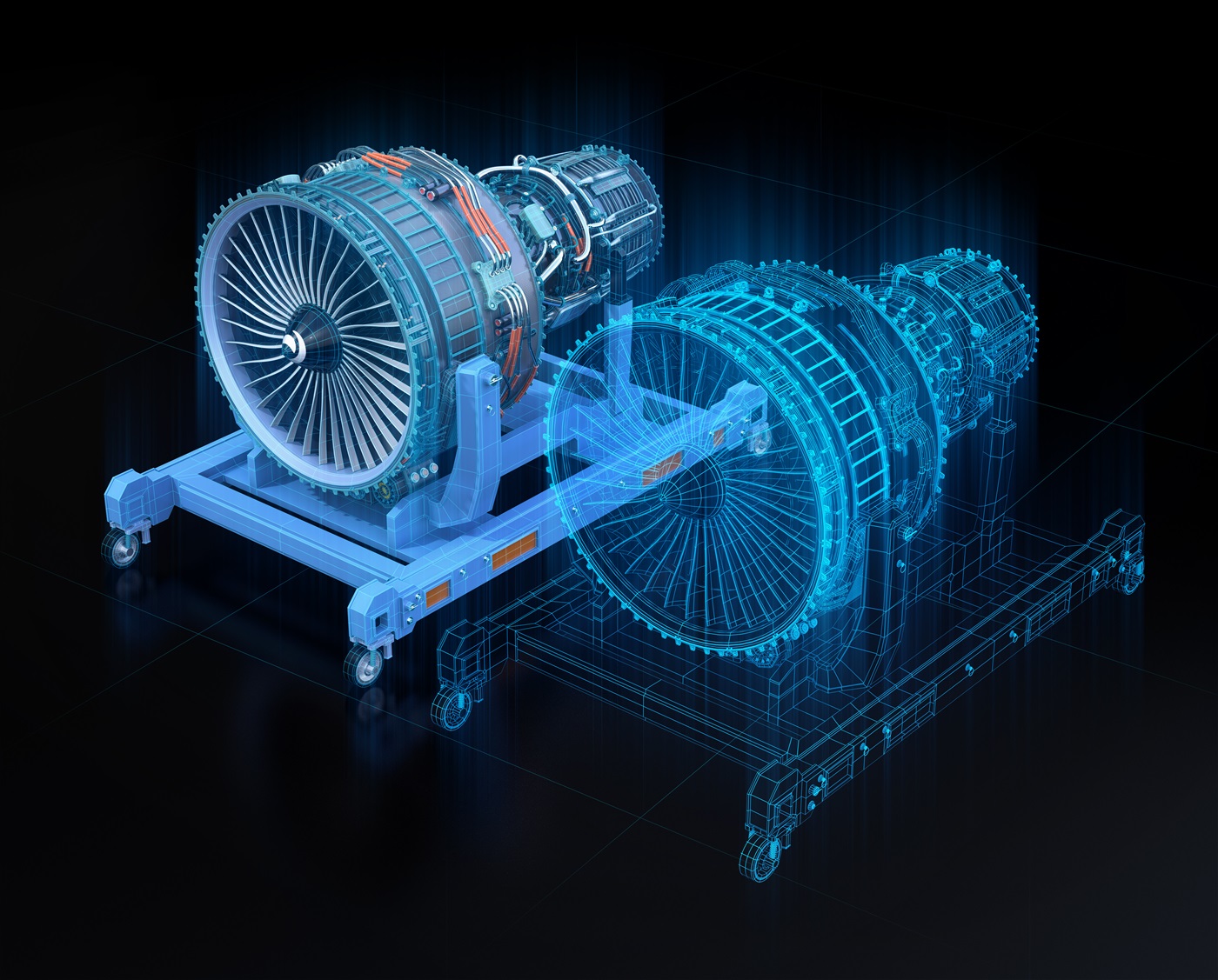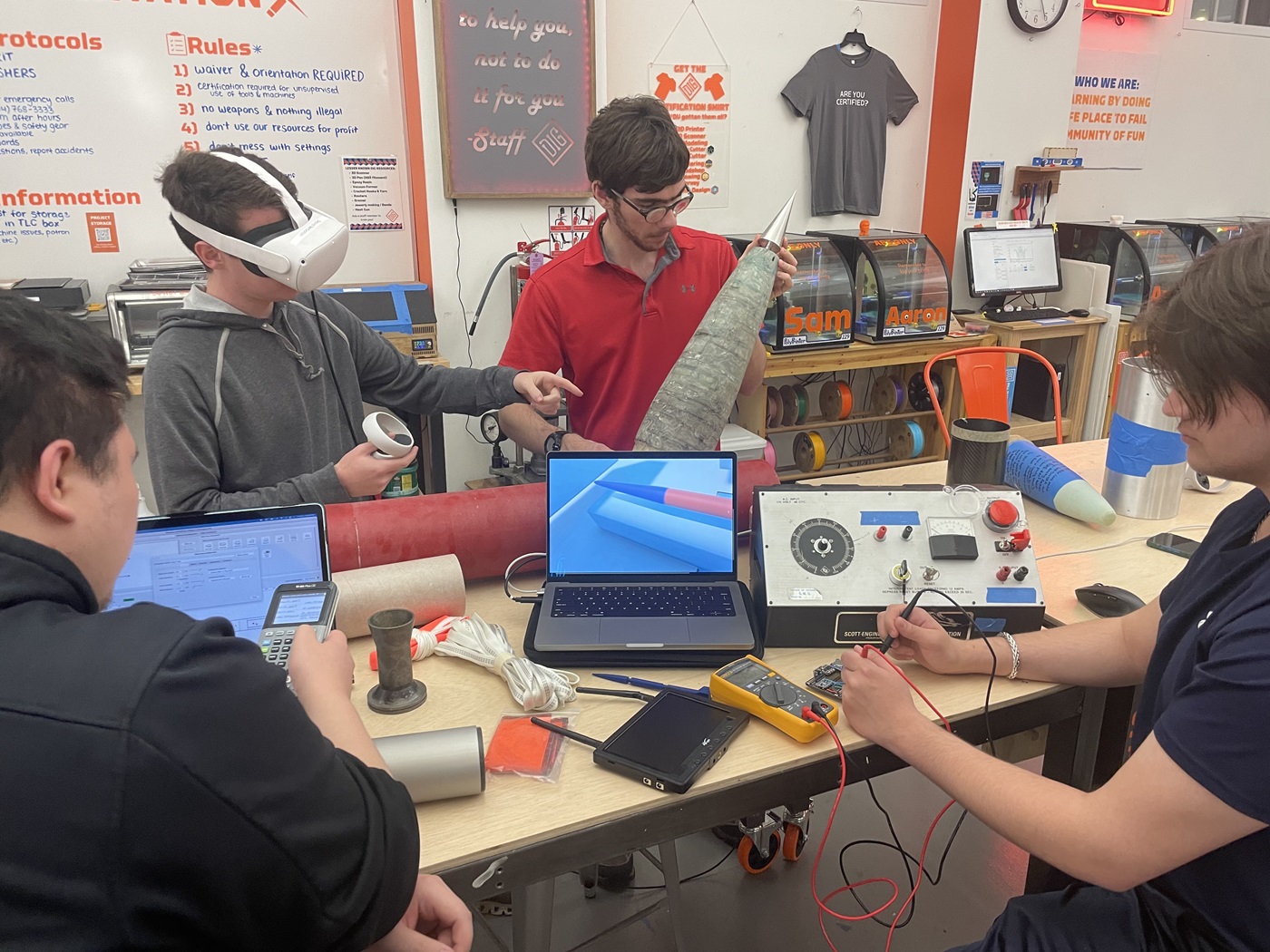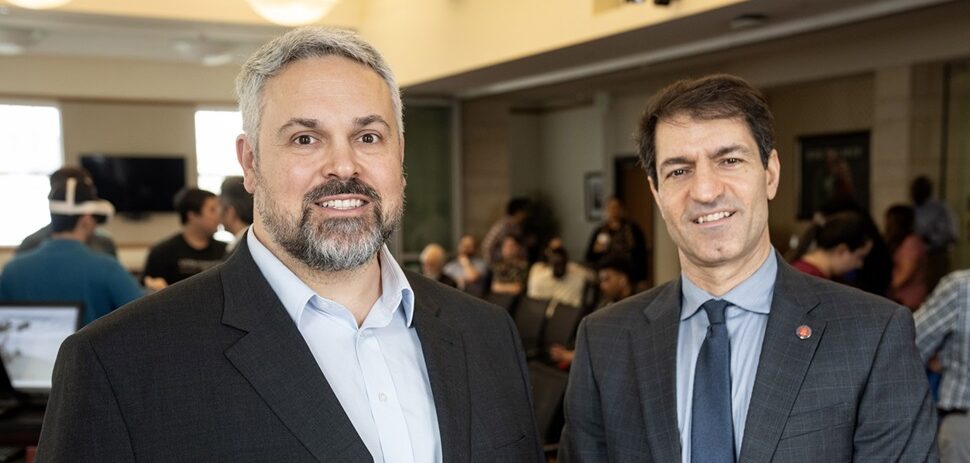![]() The future of manufacturing is based on human-machine collaboration.
The future of manufacturing is based on human-machine collaboration.
That’s what Nader Jalili, Mary and Rich Templeton Dean of SMU Lyle School of Engineering, has spent his academic career exploring through research on automation, human-robot integration and augmentation.
His vision for engineering education at SMU Lyle is guided by a key question: As machines rapidly evolve into intelligent systems, how do we prepare an intelligent workforce to collaboratively work alongside them?
“The more we automate robotics in manufacturing, the more we are eliminating humans from the process,” Dean Jalili said. “But the future of manufacturing is not about replacing workers with robots. Instead, we should view this challenge as an opportunity and elevate workers with tools and technology they will need work collaboratively with machines. That is what human-augmented means.”
To empower the next generation of engineers, a new, one-of-a-kind center is under construction at SMU Lyle that will help students, researchers, and industry partners redefine the traditional boundaries of manufacturing. The 5,000 square-foot Center for Digital and Human-Augmented Manufacturing, planned to open in April, will explore how digital modeling, simulations, augmented reality, robotics, automation, and artificial intelligence will shape the future of engineering and Industry 4.0.
“We’re moving away from bulky and expensive equipment in traditional manufacturing and embracing a modern, digital approach,” Dean Jalili said. “By combining academia with industry in a cohesive manner, we’re creating a unique center that aims to take pioneering strides in the realms of digital simulations, AR and VR, robotics and more to amplify productivity.”
TAKE THE TOUR: Watch a video rendering of the new 5,000 square-foot Center for Digital and Human Augmented Manufacturing at SMU Lyle.
Uniquely Positioned for Research
When Dean Jalili joined SMU in the spring of 2023, he realized SMU Lyle needed more room for growth with experimental manufacturing.
Previously, he led the creation of the Alabama Initiative on Manufacturing Development and Education at the University of Alabama, designed to better prepare future highly skilled workers and guide research on automation, human-robot collaboration and augmentation. While there, he and Postdoctoral Fellow Soroush Korivand developed an AI algorithm for human-robot teaming performance prediction that collects human physiological data – such as eye movements and heart rate – to customize the robot’s movements and adjust them to the human. This maximizes the worker’s performance, and as a result, maximizes the human-robot team performance overall.
“Alabama IMaDE is an excellent center for research, teaching, and community service, and the new center we’re building at SMU Lyle has similar research objectives,” said Korivand, who has been researching under Dean Jalili’s guidance since 2019. “However, with more industries here in Dallas, we have opportunity for a wider range of collaboration to create a successful center.”
In addition to being located within a bustling business community and vibrant global city, The Center for Digital and Human-Augmented Manufacturing also leverages one of the top three high-performance computing clusters in the Southeast.
“Instead of investing in million-dollar equipment, we’re utilizing our high-performance computing power to create the virtual version, which is this digital twin concept,” Dean Jalili said. “You build a digital model in virtual reality and start experimenting in your imagination. This is now becoming a trend in many industries – aerospace, manufacturing, healthcare and others.”

Digital twins are virtual models of real-world objects, systems, or processes that can be used to tweak variables and study the effects. [Image: SMU]
Digital Twins: A Competitive Edge for Students
Computer science major David Berberian isn’t taking any chances with his team’s design for the Spaceport America Cup in New Mexico this year. The last time SMU’s Mustang Rocketry club entered the competition, hopes for their rocket prototype came crashing down around them – literally.
“The flight was perfect on the way up, but issues with the separation system caused it to come down and crash hard onto the desert floor,” Berberian said. “Even though the team conducted a lot of ground testing and planned really well, an error with the assembly and some missing screws caused the design to fail.”
But Berberian and the team have a unique advantage this time around: a digital twin of their rocket developed through SMU Lyle’s new Center for Digital and Human-Augmented Manufacturing.

[Photo: SMU]
Digital twins are virtual models of real-world objects, systems, or processes that can be used to tweak variables and study the effects – all without the cost of experimenting in the real world. By fusing together AI and machine learning with virtual and augmented reality, engineers can optimize processes, simulate assembly and testing, and account for every last screw in their physical design.
Imagine building an airplane: before the physical model is created, an exact digital replica can be developed to simulate various scenarios with takeoff, landing, safety system response and more. Design iteration to optimize aerodynamics and make structural enhancements happens in the digital world risk-free and as many times as needed, fostering innovation and streamlining the aircraft design process.
“The future of manufacturing is digital connectedness and moving toward total automation – that’s where the digital twin comes in,” said Chris Colaw, Co-Executive Director of the new Center for Digital and Human-Augmented Manufacturing and adjunct research professor in Mechanical Engineering at SMU Lyle. “You can gain a competitive edge in industry by integrating digital technologies that reduce costs, improve efficiencies, optimize workflows and give you enhanced insight into your manufacturing processes through sensors and data.”
In the case of Berberian and the Mustang Rocketry club, a digital model and checklist of each rocket component will overlay their physical model through AR goggles during assembly, ensuring quality control. This will allow the team to seamlessly train new members on how to build their design. “It’s very easy to miss something without it,” he said.
This is where the future of manufacturing is headed, and what SMU Lyle engineering students will be prepared to lead the way for in their careers.
Benefits for Industry Partners
For industries in the Dallas-Fort Worth area and beyond, Colaw hopes to demonstrate the endless possibilities of integrating different Industry 4.0 technologies together to enhance factory safety, expedite production speed and agility, and elevate product quality.
“These are valuable capabilities that industry wants to learn,” he said.
The new center will offer:
- Digital Modeling & Simulations: Employing advanced digital models and simulations to optimize manufacturing processes, minimize inefficiencies, and maximize output.
- Augmented Reality Integration: Leveraging augmented reality to streamline operations, enhance workforce development, and facilitate real-time decision-making on the factory floor.
- Robotics & Automation Advancements: Implementing state-of-the-art robotics and automation solutions to augment human capabilities, improve precision, and increase overall production efficiency.
- Artificial Intelligence Applications: Harnessing the power of AI to enable predictive maintenance, optimize workflows, and drive continuous improvements in manufacturing operations.
- Enhanced Focus on Factory Safety: Prioritizing safety measures through innovative technologies and methods to create secure adaptive working environments that protect both human capital and assets.
- Acceleration of Speed and Quality: Spearheading initiatives aimed at accelerating production speeds without compromising the impeccable quality of manufactured goods.
“There’s a big emphasis right now on sensors, AI, simulation software and robots,” Colaw said. “We’re choosing to differentiate ourselves by focusing on connecting these Industry 4.0 technologies together to give us a competitive advantage.”































